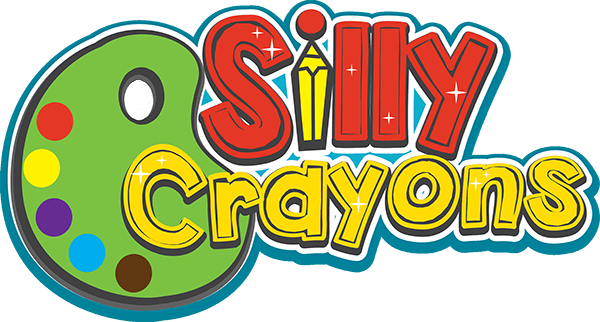Coloring is not just about filling spaces with colors; it’s a creative journey that allows kids to explore their imagination and express themselves. As parents and caregivers, there are various ways we can encourage children to unleash their creativity while coloring. In this blog post, we’ll delve into effective strategies that inspire imaginative coloring in kids, fostering their artistic growth and self-expression.
1. Provide an Array of Colors:
The first step in sparking imaginative coloring is offering a wide range of colors. Whether it’s crayons, colored pencils, or markers, a vibrant palette allows children to choose shades that resonate with their imagination. Encourage them to experiment with blending colors and creating unique hues to bring their ideas to life.
2. Embrace Open-Ended Pages:
While themed coloring books have their charm, consider providing open-ended pages without pre-drawn outlines. These blank canvases encourage kids to sketch their own scenes and characters, giving their imagination free rein. Such pages let them craft their narratives and build confidence in their artistic abilities.
3. Inspire Storytelling:
Invite kids to narrate stories through their coloring. Ask them questions about the characters they’re coloring and what adventures they might be embarking upon. This narrative approach not only enhances their creativity but also strengthens their language skills.
4. Encourage Mixing Themes:
Combine diverse themes in a single coloring session. Challenge your child to create a scene where a dinosaur roams through a city of cupcakes or a superhero rides a unicorn across the galaxy. This cross-pollination of ideas sparks innovative thinking and offers endless possibilities.
5. Celebrate Imperfection:
Remind children that coloring is about expressing themselves, not perfection. Encourage them to embrace imperfections and experiment without fear. This mindset fosters confidence and empowers them to take artistic risks.
6. Engage in Collaborative Coloring:
Participate in coloring sessions together. Collaborative coloring encourages kids to exchange ideas, learn from each other, and build social skills. It’s also a great opportunity for bonding and shared creativity.
7. Provide a Variety of Materials:
Offer unconventional materials such as sponges, Q-tips, or leaves for painting and coloring. This tactile experience stimulates creativity and broadens their understanding of artistic tools.
8. Explore Different Textures:
Introduce textured paper or materials like sandpaper or fabric for coloring. These unique textures add a tactile dimension to their creations and inspire new ideas.
9. Create a Storyboard:
Use a long strip of paper as a storyboard. Kids can illustrate a story scene by scene, encouraging them to visualize a sequence and let their imagination flow.
10. Visit Museums and Art Exhibits:
Expose children to art in various forms. Visiting museums and art galleries can inspire them with different styles, techniques, and creative expressions.
11. Praise Effort, Not Just Results:
Focus on the effort kids put into their coloring rather than the final result. This encourages them to enjoy the process and be proud of their creative journey.
12. Frame and Display:
Frame and display their favorite artworks around the house. This showcases their talent and boosts their confidence, motivating them to explore further.
Encouraging imaginative coloring in kids is about fostering their innate curiosity, celebrating their unique ideas, and providing a nurturing environment for creative exploration. By offering diverse materials, supporting their storytelling, and embracing imperfection, we empower children to develop their artistic voices and view coloring as a gateway to boundless creativity. As caregivers, we play a vital role in nurturing their imaginative spirits and allowing their artistic potential to flourish.
